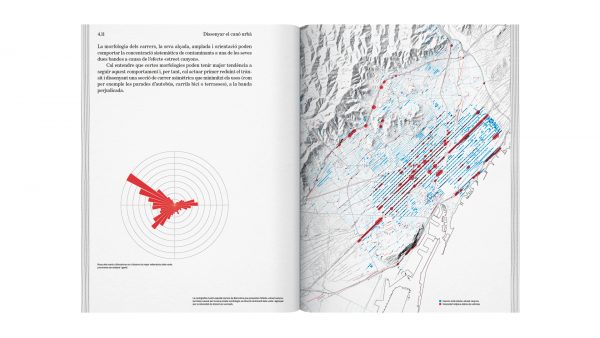A special edition of the COAC magazine Quaderns d’Arquitectura i Urbanisme, dedicated to the project “Catalonia in Venice – Air / Aria / Aire” has recently been published.
The monograph, directed by the architect Olga Subirós, collects the research carried out for the project as well as articles written especially for the magazine.
